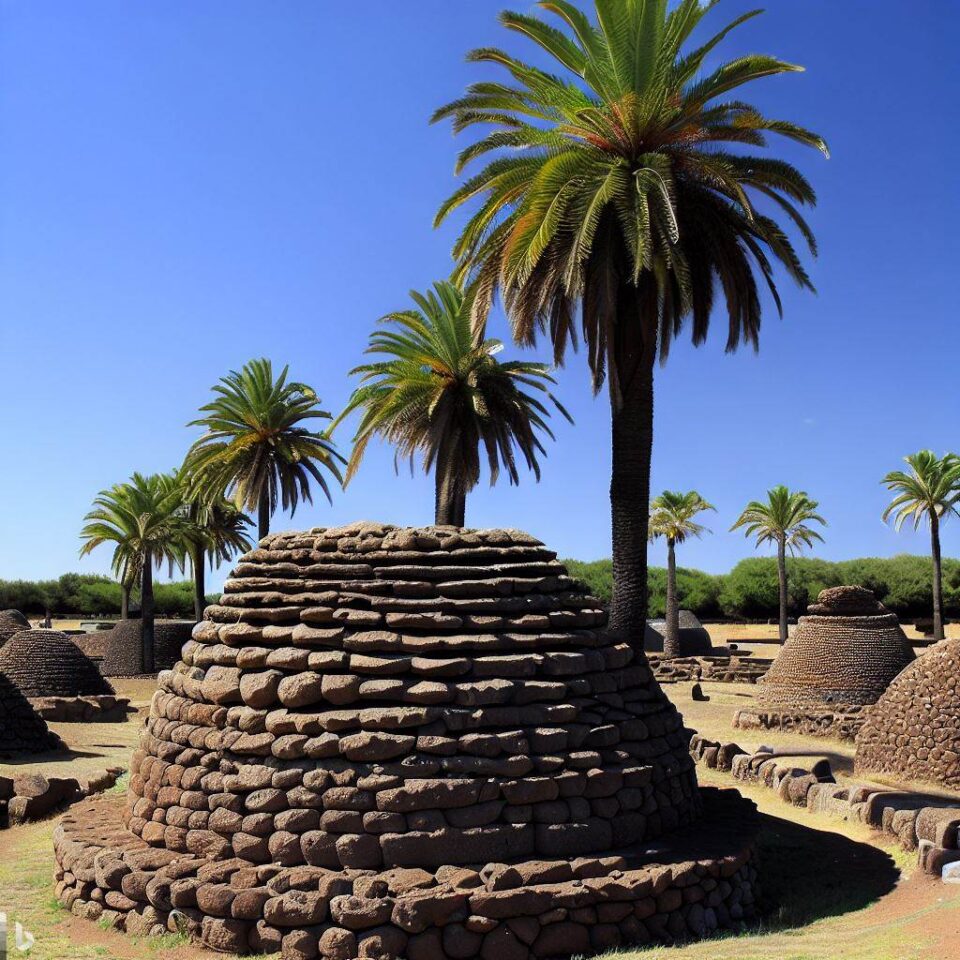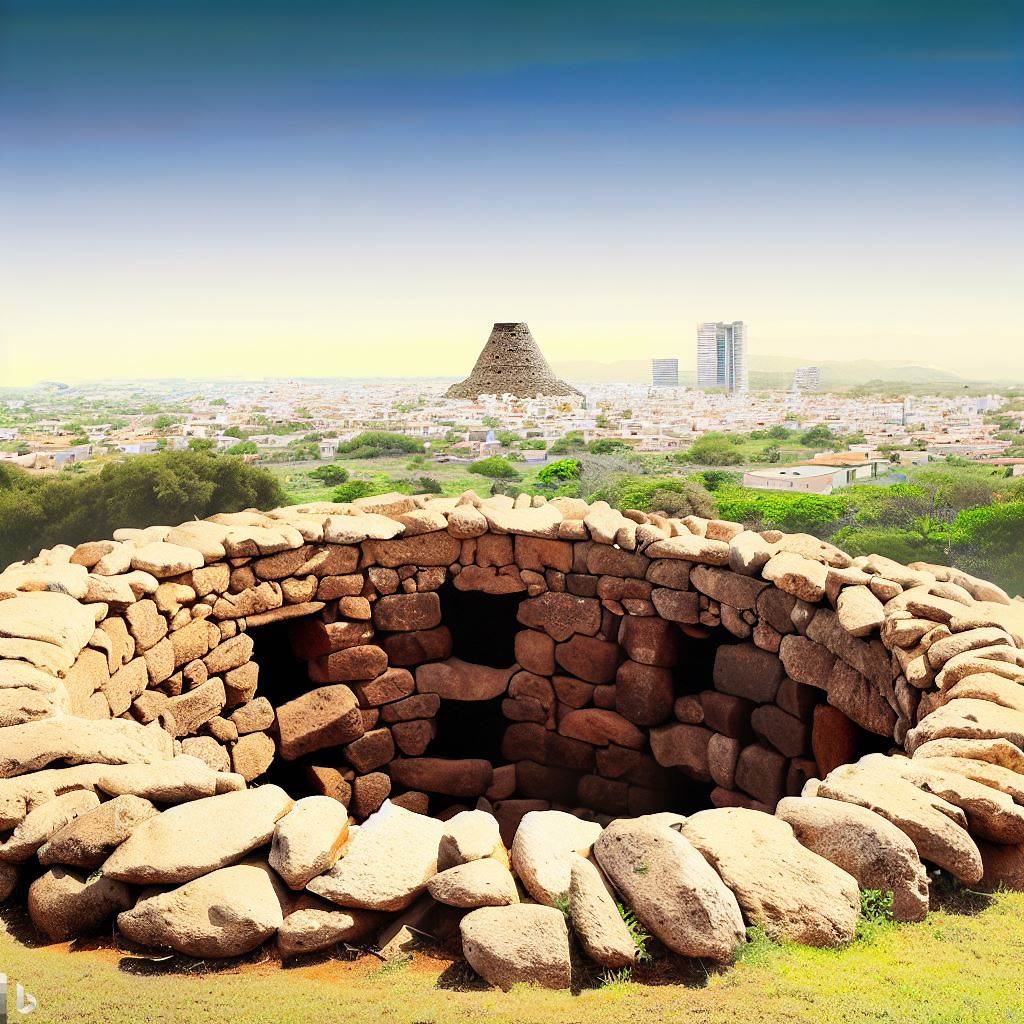Introduction
Atlantis is one of the most mysterious and controversial topics in the history of human civilization. In his dialogues “Timaeus” and “Critias,” Plato described Atlantis as a powerful and advanced civilization that ultimately disappeared beneath the waves. Although the existence of Atlantis remains unproven, many theories have been proposed regarding its location and characteristics. This paper will examine the geological, paleontological, and toponymical evidence supporting the hypothesis that Atlantis was located in the submerged Sardinian-Corsican Block.
Geology of the Sardinian-Corsican Block The Sardinian-Corsican Block is a geological formation that includes Sardinia, Corsica, and nearby islands. It is characterized by its unique geology and tectonic history, which differ significantly from the surrounding regions. The Sardinian-Corsican Block is bounded by several major fault zones, including the Alboran Sea, Ligurian Sea, and Tyrrhenian Sea. These fault zones have been responsible for the formation of the western Mediterranean basin and the uplifting of the Sardinian-Corsican Block. The Sardinian-Corsican Block is composed of a complex mosaic of crystalline and sedimentary rocks, including granite, schist, limestone, and sandstone. Its unique geology is the result of several tectonic events, including the Variscan orogeny, the Alpine orogeny, and the formation of the Western Mediterranean basin.
Paleontology of the Sardinian-Corsican Block The Sardinian-Corsican Block is home to several unique and ancient species, including the Mammuthus lamarmorae. This species of dwarf elephant is believed to have lived on the island of Sardinia during the Pleistocene epoch. The presence of Mammuthus lamarmorae on Sardinia is significant because Plato’s description of Atlantis includes a reference to “elephants.” Some scholars have suggested that the “elephants” in Plato’s account were actually Mammuthus lamarmorae rather than Indian elephants. If this is true, it supports the hypothesis that Atlantis was located in the Sardinian-Corsican Block.
Toponymy of the Sulcis Region The toponymy of the Sulcis region in southwestern Sardinia is also significant in the search for Atlantis. According to Plato’s account, Poseidon created two springs in Atlantis, one hot and one cold. In the Sulcis region, there are several towns and villages with names related to water, including Acquafredda (meaning “cold water”), Acquacadda, S’acqua callenti de Susu, S’acqua callenti de Baxiu, Acqua Callentis (meaning “hot water” in Sardinian), Piscinas (possibly named after a pool formed by the subsidence of the Sardinian-Corsican Block), and the Zinnigas spring. The names of these towns and villages suggest that the Sulcis region was once associated with water and may have been the location of the “hot” and “cold” springs mentioned in Plato’s account.
Conclusion The evidence presented in this paper suggests that the Sardinian-Corsican Block may be the location of Atlantis. The unique geology, paleontology, and toponymy of the region all support this hypothesis. Although the existence of Atlantis remains a mystery, the search for this lost civilization continues to inspire and captivate the imagination of scholars and enthusiasts alike.

